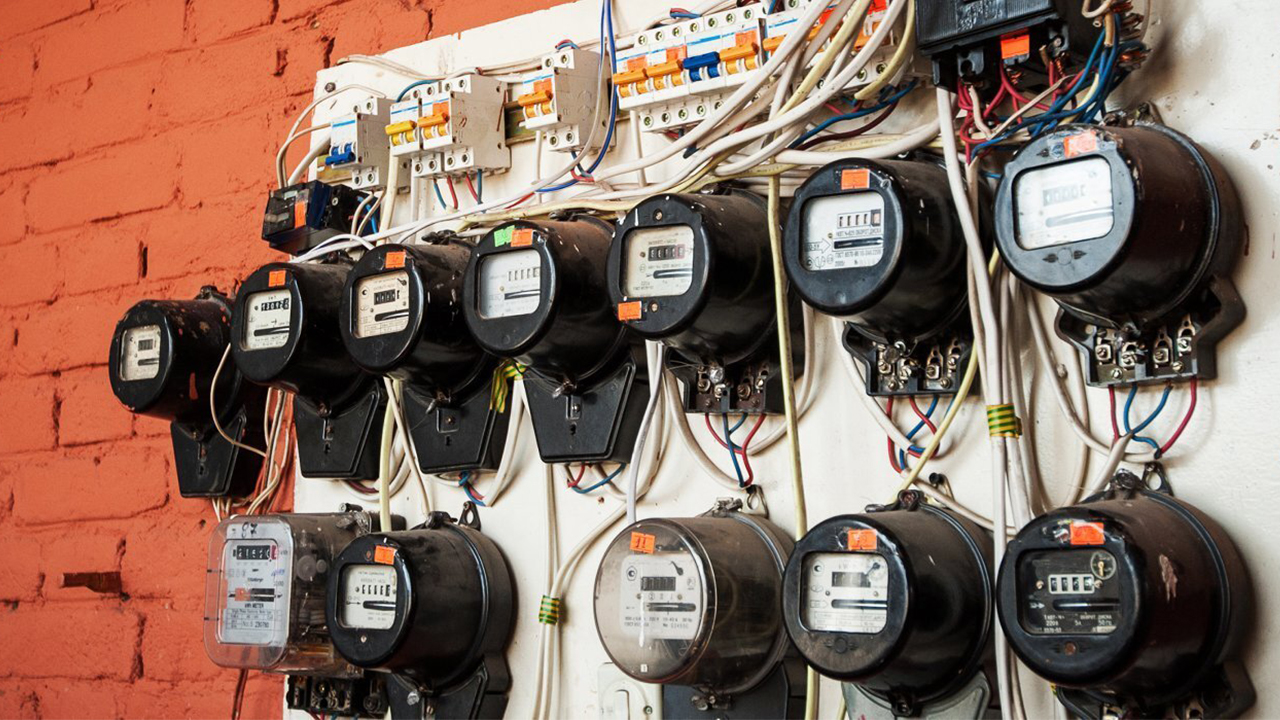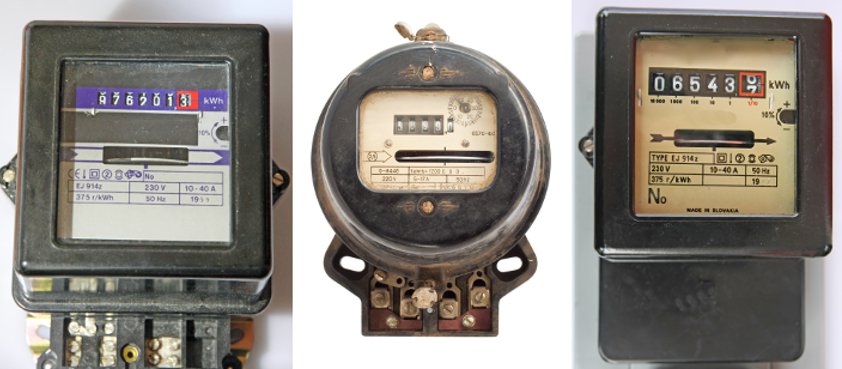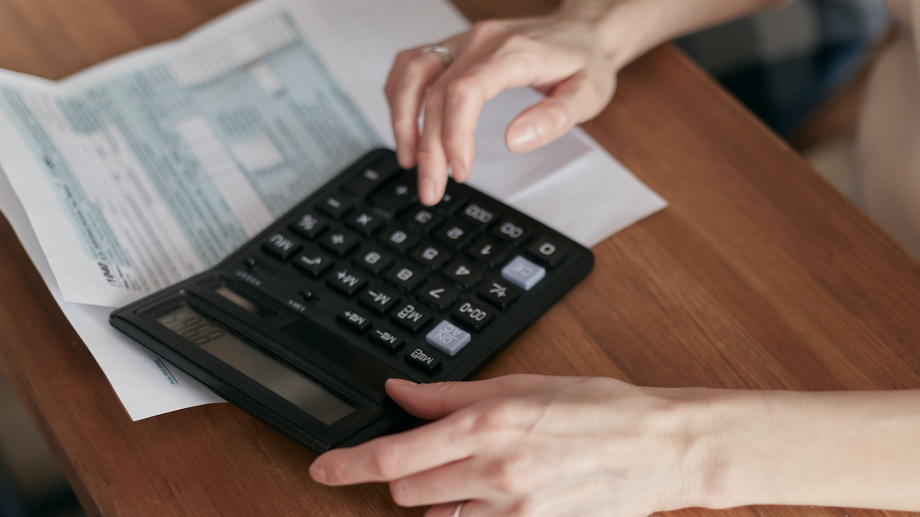
How to Empower Customers with a Meter Reading App
A meter reading app can transform the way people think about utility consumption. Empower your customers with mobile data capture.
Mobile utility meter reading applications are transforming the way people think about their energy and water consumption. The ability to track utility usage with little to no effort helps homeowners to reduce wasted consumption and budget accordingly. Despite this, many utility providers around the world are yet to provide a mobile meter reading app for their customers.
Mobile scanning technology is the perfect solution when it comes to meter reading. It eliminates common manual entry mistakes from readings and is much faster than writing or typing. You simply point your mobile device camera at the utility meter and you have the perfect scan. You then upload your meter reading data to the respective utility provider and your account is updated, all in a few moments.
This simple change in the meter reading process can have a profound effect on the customer and user experience. A mobile meter reading app turns utility consumption into an interactive process. This is far more engaging for customers than a routine manual reading once per year, and once the utility company engages and empowers their customers, it becomes far simpler to tell them about the additional services and products they provide.
Anyline mobile scanning solutions for utilities empower customers in a number of ways. Below are three examples of how mobile scanning works for the benefit of customers and utility providers at the same time. Check them out now to see how mobile meter reading apps can benefit your company and customers!

Empower Customers with Meter Self-Reading from Home
Traditional meter reading processes involve a number of steps. Homeowners and businesses need to be notified in advance. A technician then needs to travel to the meter location. A reading is taken, documented, and submitted to the utility supplier by the technician. The homeowner or business then waits to hear if their utility usage exceeds, meets, or undercuts their current payment plan.
Even when done correctly, this process can take weeks to complete. And if an error is committed at any stage, the whole process must be restarted.
Some utility providers allow customers to submit their own handwritten readings but illegible handwriting or false submissions mean this process is no longer efficient.
The problem is that too many resources, whether they be time, travel, or proper documentation processes, are required to read less than 10 numbers from an analog device.
Mobile Meter Reading – The Egalitarian Approach
Integrating mobile meter reading into an app or webpage is one of the best ways to optimize traditional utility meter reading processes. Mobile optical character recognition (OCR) technology from Anyline can read meters up to 20 times faster than manual entry and has more than a 99% scan accuracy in laboratory settings, which continues to improve every day.
Utility meter reading provides better results than manual readings, and make it much more convenient for homeowners and businesses to get involved with the meter reading process.
Home meter reading in practice
Here is an example of a simple meter reading process where the customer scans their own meter. When it’s time to collect a meter reading, the company contacts the customer, who scans a barcode, such as a QR code, on the side of their meter with their mobile device. This starts the collection process. The customer then simply scans their meter using Anyline meter reading, checks the reading, and then submits it. The whole process takes under one minute!
With more engaged customers and a better understanding of their habits, utility providers can offer personalized products and services with confidence. This newly invigorated customer base will be primed to try these products out as they have a simple way to measure the results themselves.
Smart Meter Rollout – An EU Initiative
Smart meters are being rolled out all over Europe right now, and at great cost to utility providers. The EU aims to replace at least 80% of electricity meters with smart meters by 2020, wherever it is cost-effective to do so. According to a 2014 Commission report, this smart meter rollout will require €45 billion worth of investment and will see 200 million smart electricity meters and 45 million smart gas meters put in place.
The average cost of replacing an analog utility meter with a smart meter is between €200 and €250. The EU estimates that by the end of 2020, 72% of homes will have a smart electricity meter and 40% will have a smart gas meter.
These EU regulations put utility providers under a lot of pressure to spearhead meter switchovers in a timely fashion. Unfortunately, meter switchover isn’t as straightforward as delivering new meters to the necessary homes and locations.
- Mobile Meter Reading: Efficiency Boost for Utility Workforces (Free One Pager)
- How Prologa Streamlines Utility Processes with Mobile Scanning
Document Everything with Mobile Scanning
For the rollout of a smart meter to take place, the existing electricity meter must be read and documented. It’s crucial for customers and providers that the meter is accurately read before switchover begins so billing isn’t affected.
The meter number and location of the meter must also be accurately documented for the same reasons. All of this data must then be stored until the new smart meter is installed.
Anyline provides a simple, fast, and error-free way to document all of this information with mobile scanning solutions for utilities. The same technology that a customer would use for routine meter reading is the perfect tool for managing and optimizing meter switchover processes as well.
Customers can even get involved by verifying their meter information before and after switchover through mobile scanning. This simple method of verification lets customers feel confident that their meter switchover was successful.
They also have the option to start measuring the performance of their smart meter and see the benefits of a switchover for themselves.

Let Businesses Use Mobile Scanning Instead of Smart Meters
The main motivator for utility providers to make the switch to smart meters in the EU are regulations set forth by the Smart Grids Task Force.
However, there are a number of customers that aren’t targeted in this scheme and are not required to make the switch by 2020. Utility companies can still empower these customers with smart technology by providing them with a mobile meter reading app.
While the transition for some businesses and homes to smart meters will take longer than others, a utility meter reading app can fill the smart technology gap in the meantime.
Bringing Smart Technology to the Analog World
One of the major benefits of smart meters over traditional analog meters is the data they provide to utility providers in order to streamline the delivery of electricity, gas, water, etc. While analog meters are incapable of providing utility companies with this feedback, businesses and customers can bridge this gap with mobile scanning for meter reading.
By allowing customers to provide them with regular feedback on their utility usage, providers can deliver a more personalized service that better matches the needs of these customers.
While a meter reading app will never be able to match a smart meter in terms of the data it can deliver about customers, it’s still much more informative than reading analog meters on an annual basis.



